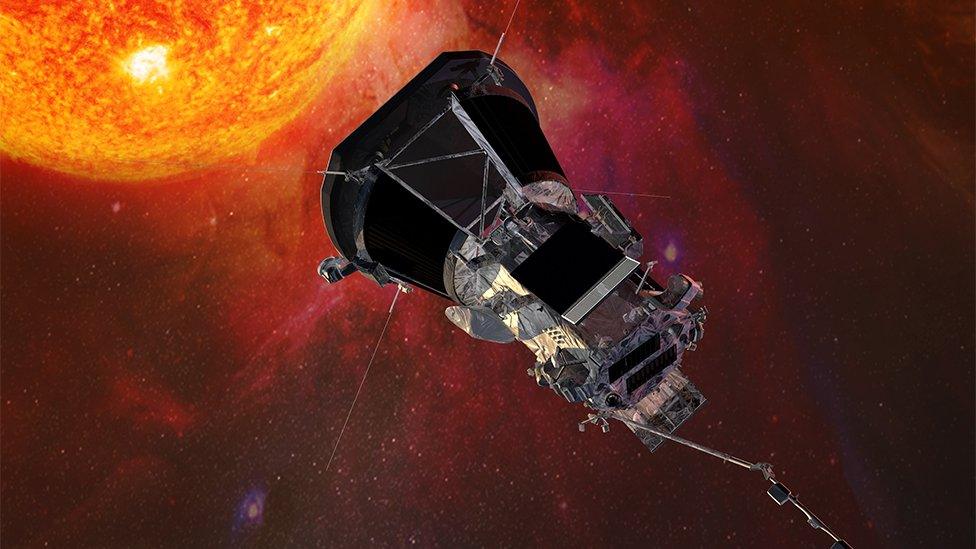Jodrell Bank: Five amazing things about the famous UK observatory
- Published
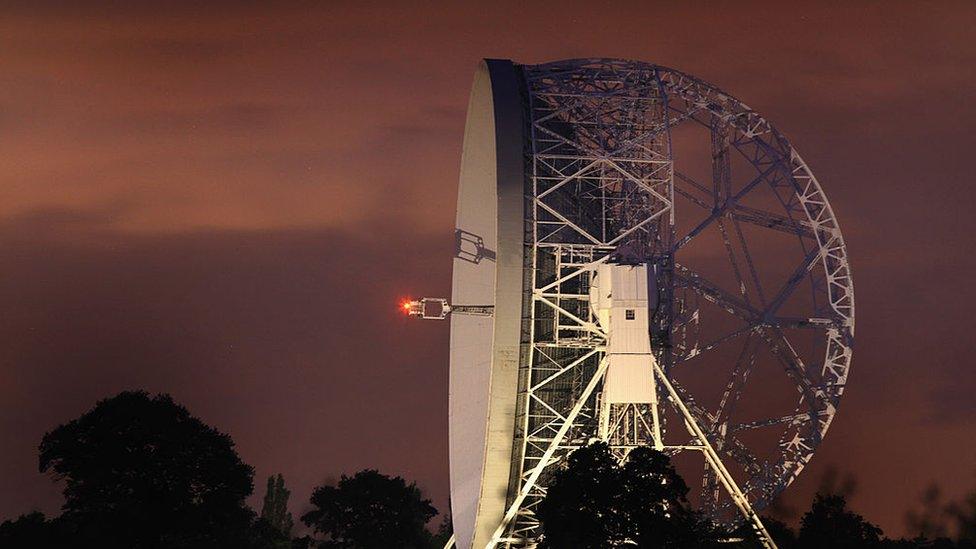
The Jodrell Bank Observatory is famous for tracking the first moon landing
Jodrell Bank was the only place in Europe that was able to track the first Moon landing mission. We take a look at five reasons why the observatory is amazing.
The idea for the Jodrell Bank Observatory began in 1945 when famous astronomer Bernard Lovell came to the University of Manchester for science research.
He needed an observing site and the University had the ideal location, a small, quiet site just outside of Manchester was picked and in 1957 Jodrell Bank was completed.
We take a look at five reasons why the Jodrell Bank Observatory is amazing.
Home of the famous Lovell Telescope and first mission
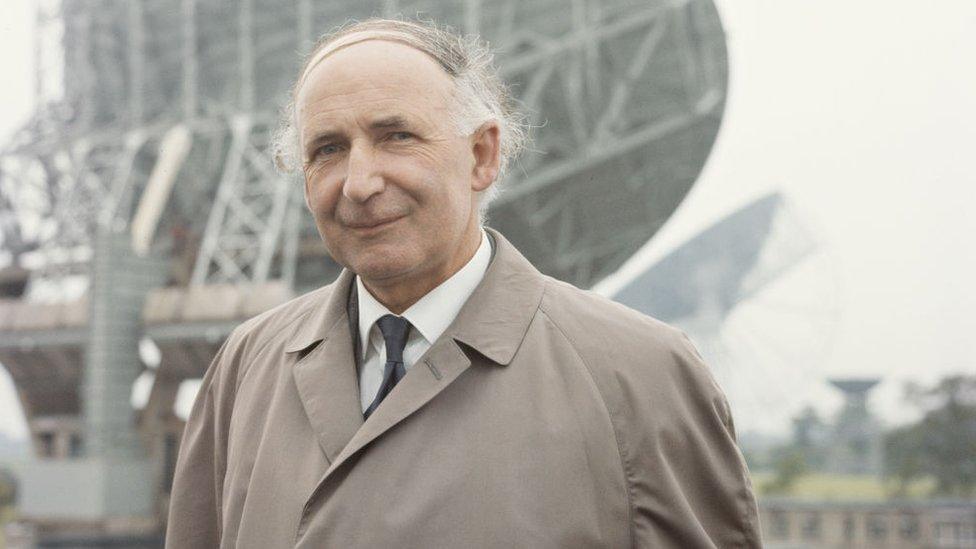
The Lovell telescope was named after the famous astronomer Bernard Lovell
Bernard Lovell worked with engineers to create the famous Lovell Telescope. The University of Manchester says that the telescope was by far the largest in the world when it was completed in 1957 at 76m.
Within days, it tracked the rocket that carried the first artificial satellite placed in orbit around the Earth called Sputnik 1.
The university say that it is "still the third largest steerable telescope in the world". They also say that after several upgrades, it is now more capable than ever of looking deep into outer space.
Monitored and recorded the first Moon landing
Watch: Space fan finds out more about Moon landing at Jodrell Bank
As Apollo 11's mission to land on the Moon unfolded in 1969, the Jodrell Bank Observatory was using multiple telescopes including the famous Lovell Telescope to unofficially track and record the mission.
Jodrell Bank intercepted signals at the moment when the spacecraft touched down on the surface, capturing arguably one of the greatest achievements of mankind.
It was little known at the time but on the same day as Apollo 11's Eagle Lander touched down on the Moon, a Russian unmanned spacecraft called Luna 15 was orbiting the Moon.
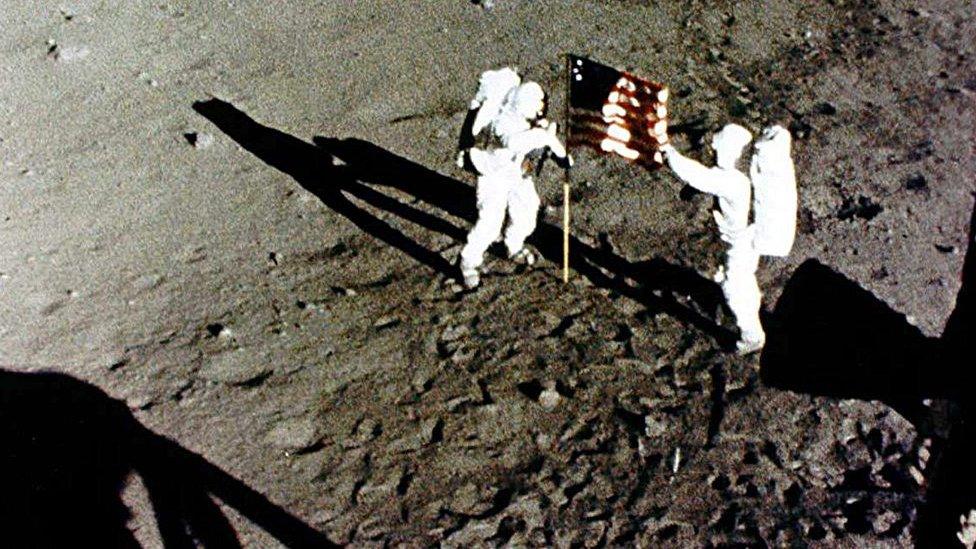
Neil Armstrong and Buzz Aldrin raised the US flag on the Moon
The Jodrell Bank Observatory listened in as the Luna 15 crash-landed on the Moon, just hours before the American's lifted off from the Moon's surface on their way back to Earth.
In 2009, Buzz Aldrin who was the lunar module pilot on Apollo 11 paid tribute to Jodrell Bank saying "I send my greetings to those of you at Jodrell Bank, who paved the way for us humans to venture outward and explore a close-in portion of the universe".
A secret nuclear missile warning system
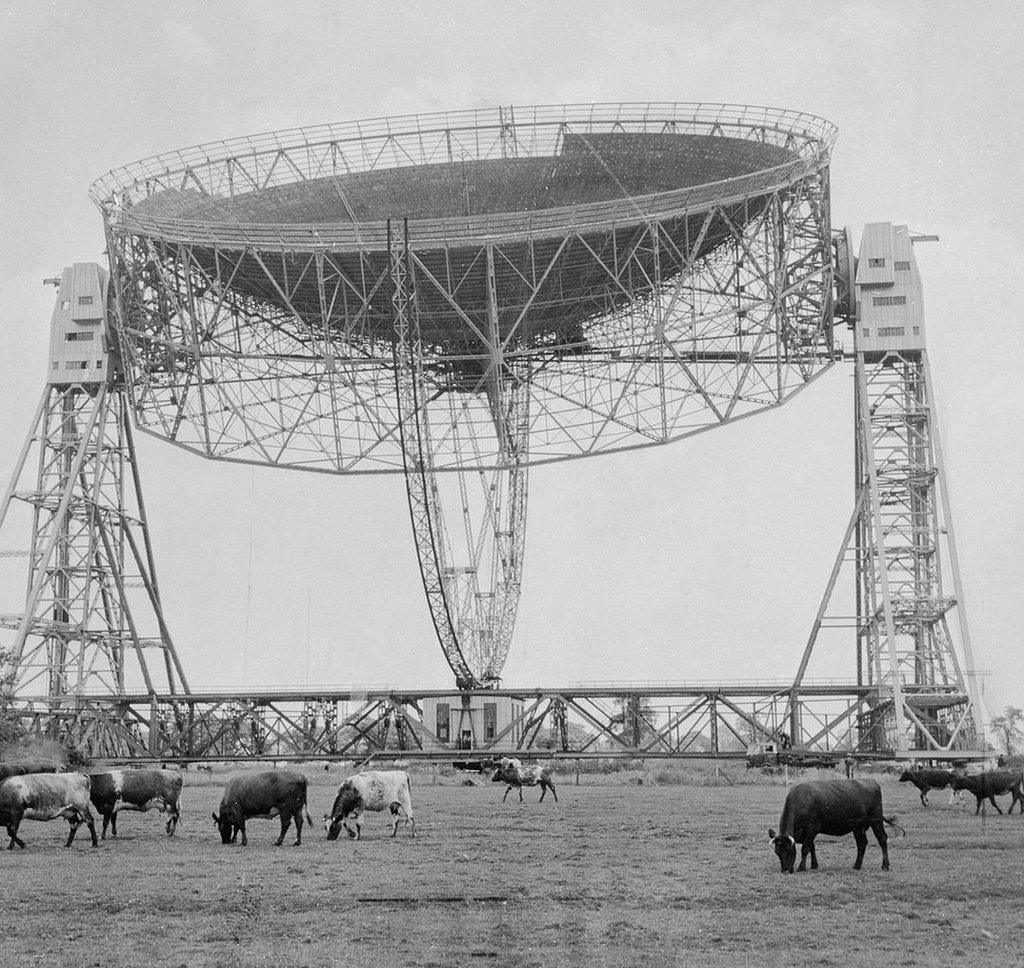
Jodrell Bank had the capability of spotting a nuclear missile
In 2008, Bernard Lovell admitted that the telescope at Jodrell Bank was set up under a secret mission, to provide a warning of missile attacks during the Cold War.
The Cold War was a division between Russia and western countries (the US and its allies, like Britain), which started in the 1940s and lasted until 1991.
Lovell said that the British military had ordered the observatory to provide a four-minute warning of an approaching nuclear attack during the early 1960s.
According to Lovell, military officials told him that Jodrell Bank had the only technology that could detect a missile from the Soviet Union (Russia's name before the end of the Cold War).
The observatory's secret military mission came to an end in 1963 when the government built RAF Flyingdales, a military base with a nuclear missile warning system in Yorkshire.
Played major part in the discovery of Quasars
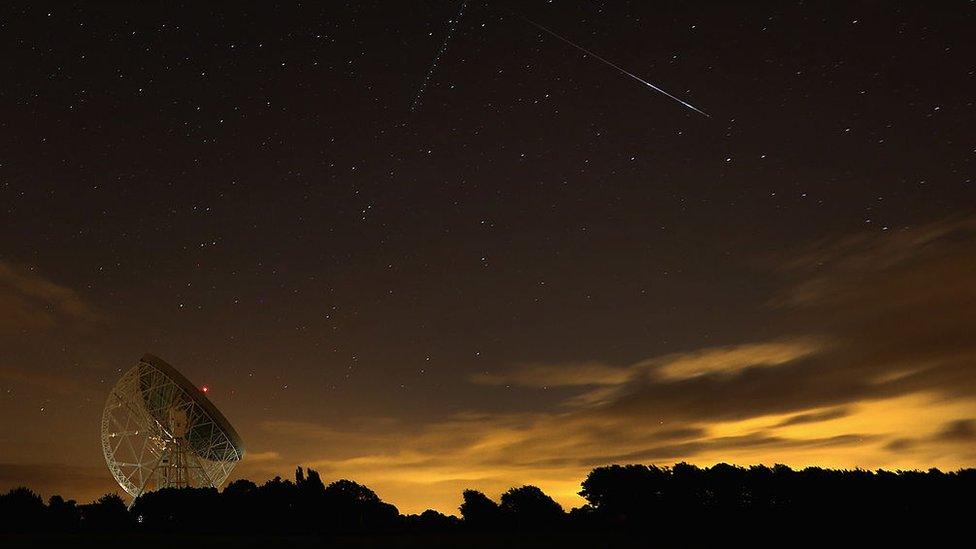
Jodrell Bank discovered quasars which stand for 'quasi Stellar radio sources'
What are quasars you ask? Well we'll help you understand this scientific breakthrough. Quasars are similar to gamma rays but are not quite the same.
When a dying star collapses inwards under the pressure of its own weight, it's called a black hole. It's a massive vacuum, which sucks everything near it in including other stars and planets.
Quasars are a product of energy and light that is produced by an active black hole at the centre of a galaxy.
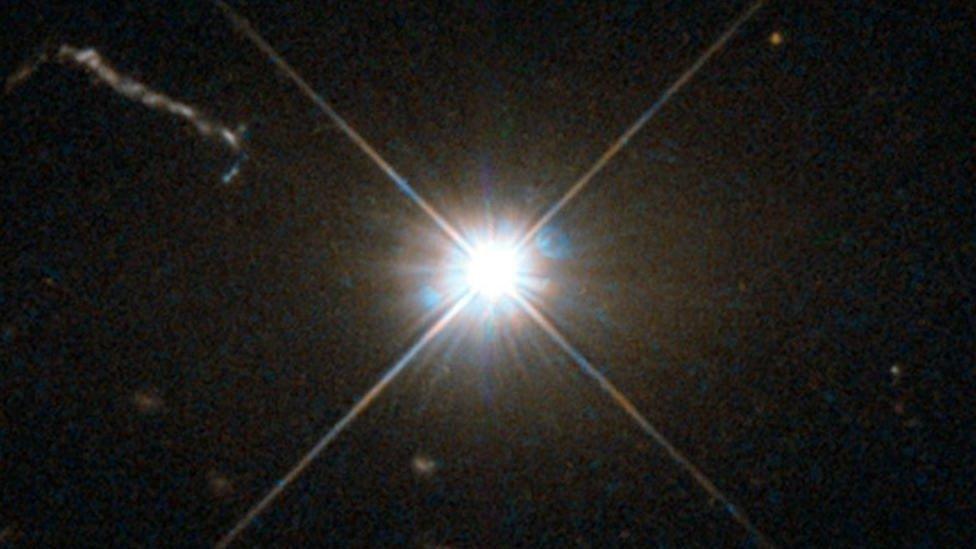
Quasar 3C 273, the first ever discovered. This picture was taken by the Hubble space telescope
The University of Manchester says that telescopes at Jodrell Bank played a major part in the discovery of quasars. Small portable telescopes were placed across the country, all pointed south and sent information in radio sources back to the Mark I telescope at Jodrell Bank.
The telescopes sent back information in something called radio sources, which makes things very far away visible. From that they found the first quasar called 3C 273, a huge scientific breakthrough at the time.
Declared a Unesco World Heritage Site
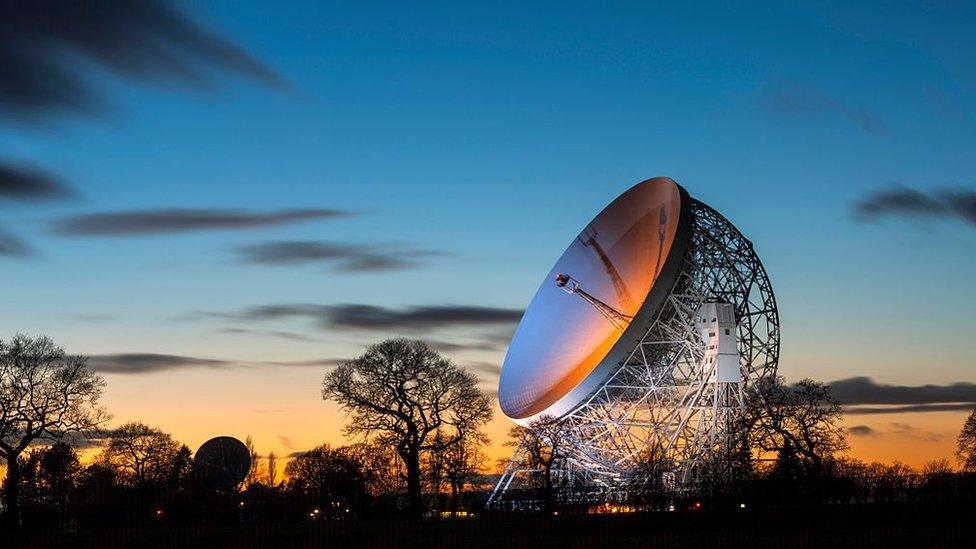
An application was made for Jodrell Bank to gain World Heritage status in in 2010 and in 2019 the application was approved.
A spokesperson for the University of Manchester said the observatory fulfilled the criteria, which included being "a masterpiece of human creative genius", due to its scientific achievements.
Unesco World Heritage Sites are places, which hold great value to human life. They are protected for future generations to appreciate and enjoy.
Jodrell Bank is one of 32 UK sites to receive World Heritage status alongside famous landmarks like Stonehenge. It joins a list of more than 1,100 sites worldwide.
- Published16 July 2024

- Published8 July 2019
- Published7 March 2018
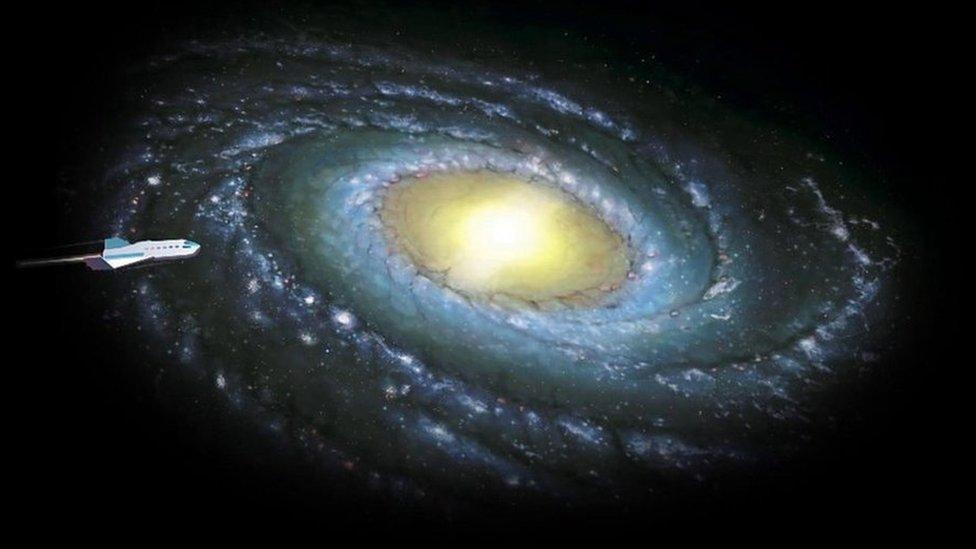
- Published19 September 2018

- Published2 January 2019
